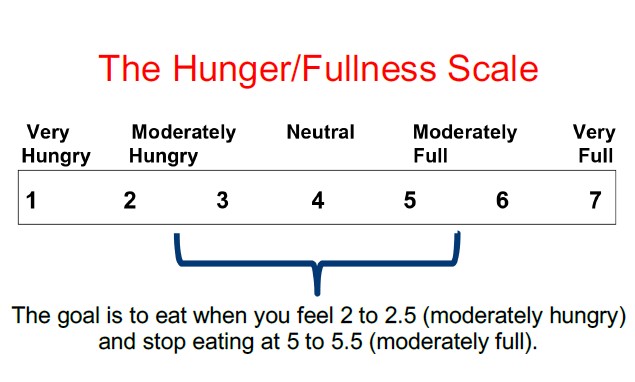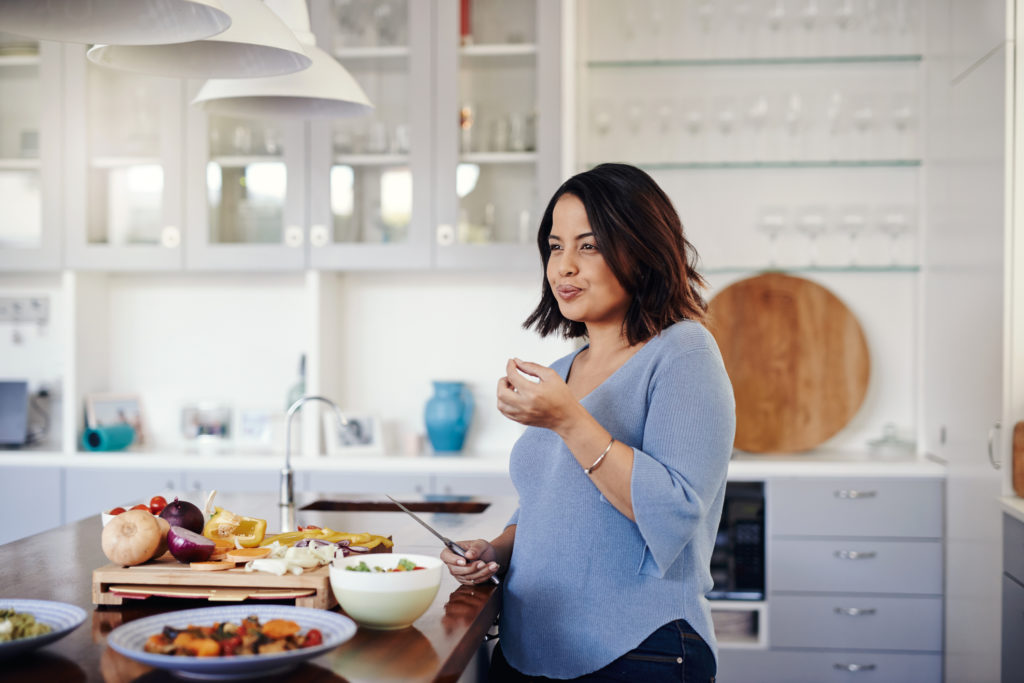Part of managing type 2 diabetes is keeping your blood sugar within a target range. What and how you eat can influence this. While external guidelines and diets can be useful tools, your body is a fabulous guide. We all have innate intuition: the ability to listen to our own thoughts that guide use to make decisions. Here we explore intuitive eating with type 2 diabetes.
What is Intuitive Eating?
Intuitive Eating is a non-diet approach to eating. It encourages you to tune into your body’s hunger and intuitions when it comes to food. Someone who eats intuitively can be described by:
- Eating for physical, rather than emotional reasons
- Relying on internal hunger and fullness cues
- Giving permission to eat with awareness and non-judgement
Intuitive eating practices are associated with less negative body image, lower body mass index (BMI), and can help manage A1C levels. Intuitive Eating doesn’t focus on weight loss and research shows that the more a person tries to lower their BMI through dieting, the more they are at risk for a being a higher weight.
How to Eat More Intuitively with Type 2 Diabetes
Becoming an intuitive eater is a journey. There are 10 guiding principles to help you become more of a intuitive eater. You’ll find certain practices come easier than others.
The 10 Guiding Principles of Intuitive Eating
- Reject the Diet Mentality
- Honor your Hunger
- Make Peace with Food
- Challenge the Food Police
- Respect your Fullness
- Discover the Satisfaction Factor
- Honor Your Feelings without Using Food
- Respect your Body
- Exercise in ways that feel good
- Honor Your Health
Instinct, emotion and thought all play a role in eating intuitively.
Begin Your Journey to Intuitive Eating
How do you begin to shift away from using external cues to using your intuition? Start with figuring out your hunger signals. We find that many individuals struggle with eating in response to hunger. Many of us have been conditioned to eat based off schedules, habits, or even unconscious eating.
Start by using a Hunger-Fullness Scale to become more aware of what your body feels like with it’s hungry and when it’s full. Being more mindful in how and when we eat can help us take charge of eating behaviors.

Discover Your Personal Needs, Including Satisfaction
Our physical and emotional needs are both important when it comes to food choices. Although, they may not always agree with each other.
For example, you may want that fresh-baked chocolate chip cookie but you know that eating the cookie by itself causes your blood sugar to spike and gives you a headache. After asking yourself, “what do I need most right now”, you might choose a glass of milk with half of the cookie. The protein from the milk helps stabilize your blood glucose, and the cookie satisfies your tastes.
Intuitive Eating with type 2 diabetes considers both your physical and emotional needs.
Using Data to Help You Become More Intuitive
Intuitive Eating attends to physical hunger, stomach fullness, and taste satisfaction. How can you do that and still keep your diabetes numbers in target range?
Start with figuring out which foods make your blood sugar spike the most. Take three days and track blood sugar before and after your meals. Track which foods you ate. Notice which foods caused the highest spikes. Write these down on a list. The next time you want to enjoy one of these foods, you may try eating protein with it or eating a smaller amount. Eating this way allows you to eat with satisfaction, while managing your condition.
Changing Habits with Intuitive Eating
Intuitive Eating focuses on the process and not solely on measured outcomes. Eating with intention might be easy on some days and totally absent on others. Start simple. It takes time to change habits. Similar to a muscle, the more you practice the stronger it gets and the easier it becomes.




